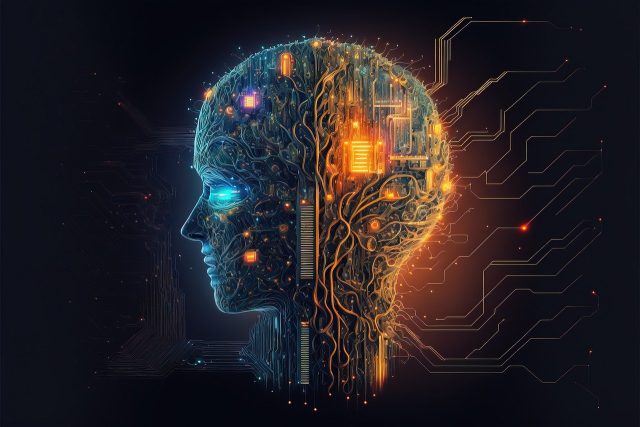
Within the Report on the Future of European Competitiveness presented in Brussels on 10 September by former ECB Governor, Mario Draghi, there is room for an analysis of the contribute of artificial intelligence companies to the development of the European economy. Above all, Draghi’s report outlines a new industrial strategy, as well as political and organisational reforms for the European Union, arguing that new investments – which are quite substantial – should be made intelligently to secure the Member States from the hegemony of big international economic powers.
THE PILLAR OF INNOVATION
Artificial intelligence is one of the aspects addressed by the Report within the so-called innovation pillar. The key challenge for Europe, as reported by Draghi, is to halt the decline and regain competitiveness in the innovation market. The acceleration mentioned by the Report is closely linked to the digital revolution triggered in recent years by artificial intelligence. This technology is, in fact, cited as a ‘window’ for Europe, and the goal that was set aims to regain the ground lost in this area to the United States in particular.
THE NUMBERS OF THE DIGITAL REVOLUTION
In presenting the report, the former ECB Governor spoke of an experiment performed by removing the value of the high-tech sector from the US economy and then comparing it with that of the European Union. According to Draghi, at that point the two economies would not only be comparable, but the productivity of the EU Member States would even be slightly higher. Of course, this is an experiment that has no scientific basis and can only serve to create a tantalizing suggestion. This is all the more true if one looks at the data, contained in the report, concerning the European Union in relation to the new digital revolution. As of 2017, for example, 73 per cent of the models behind artificial intelligence systems were developed within the United States, while as much as 61 per cent of global funding in this sector is directed to US companies and start-ups. The Chinese market, on the other hand, accounts for 17% of investments in this field, while the EU Member States together attract only 6% of the funding volume in the field of artificial intelligence. A situation that, in the medium and long term, could create quite a few difficulties for this sector, placing the EU economy in a weak position in relation to international competition. In short, companies in the Member States could lose large market shares by not being fully able to exploit the competitive advantage that the use and development of artificial intelligence is generating internationally.
THE LIMITS IN EUROPEAN LEGISLATION
To date, the states that have passed some form of legislation or regulation on artificial intelligence are 75, and among then is Italy. In addition to economic barriers, according to Draghi’s Report, it is precisely the European regulations on privacy and artificial intelligence (the GDPR and the AI Act) that are among the elements most linked to the slowdown in development in this sector. Draghi himself spoke of a real ‘self-destruction’ for the European economy and companies. The problem would be the complexity and overlapping of regulations. In the European Union to date there are about 100 laws related to the high-tech sector, while as many as 270 regulatory authorities are currently active in the digital networks of the Member States. A reorganisation of these competences would therefore be needed, even if the (more than understandable) resistance at this point could come from individual governments, interested in not losing portions of sovereignty in such a delicate and important area for the development of the national economy. Especially if we consider that the ‘Draghi recipe’ talks about the vertical integration of artificial intelligence in European industry, especially in the automotive, robotics and pharmaceutical industries: key elements for the domestic economy of many large European states.



 Subscribe
Subscribe